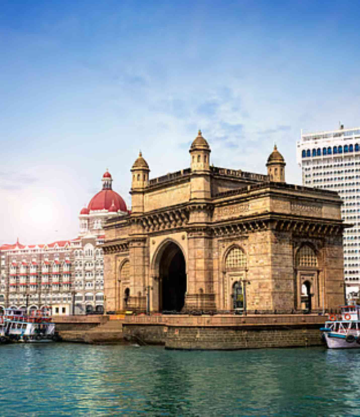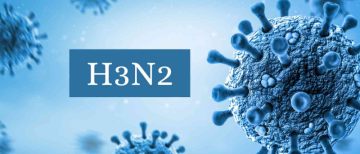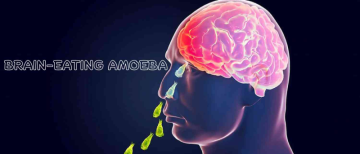An important public health issue, intravenous drug usage impacts several millions of individuals globally. Drug use comes in many forms, as do its consequences, the reasons why it is such a big issue, and the ways to avoid it. This article goes into considerable detail on drug use, particularly intravenous drug use. Furthermore, you will learn about the practical steps Chennai has recently taken to address the issue of intravenous drug usage.
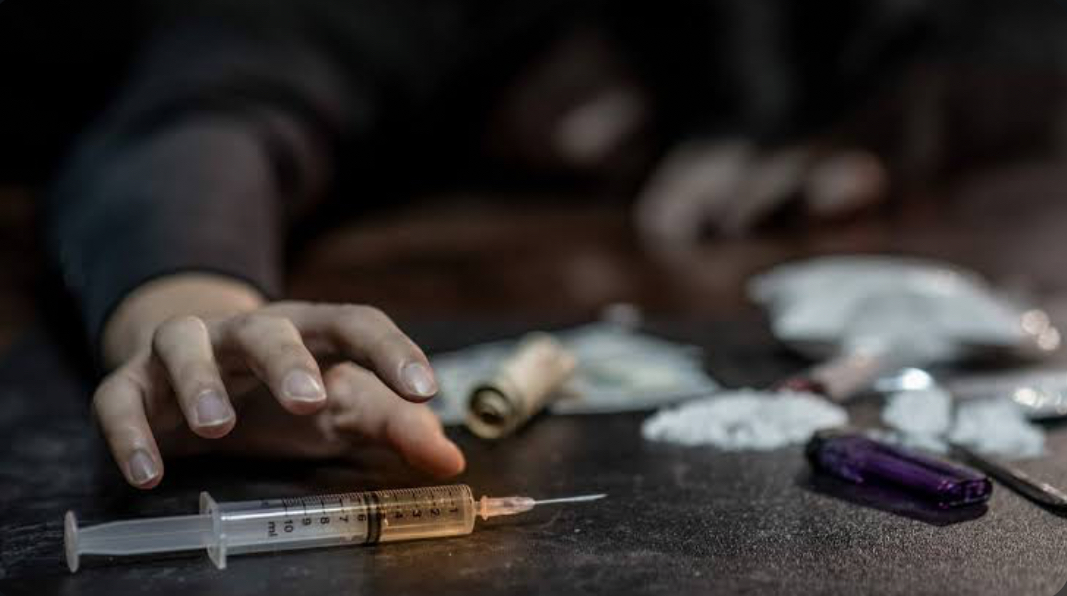
Understanding Drug Use
Drug Use: What Is It?
Drug use involves chemicals that can change your body and your mind. These drugs can become addictive; they can be legal or illicit. As a result, the individual's overall functioning, social life, and health may suffer. The method of drug consumption—by mouth, inhalation, or direct injection—determines the type of drug use.
Types of Drug Use
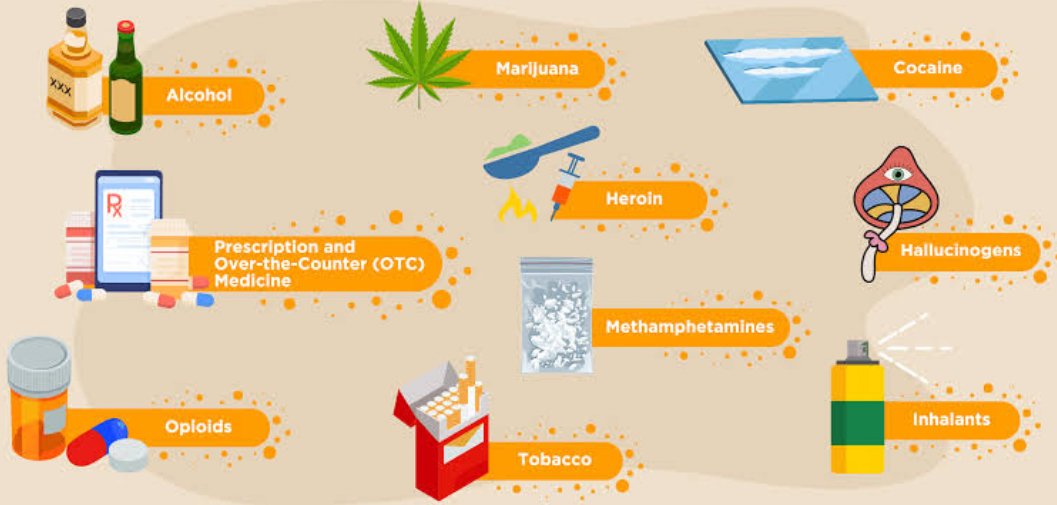
- Recreational Use: Consumption of drugs occasionally for pleasure.
- Prescription Drug Misuse: Taking prescription drugs without meaning to.
- Chronic Use: taking drugs on a regular basis, which can lead to dependence and abuse.
- Intravenous Drug Use: Direct injection into bloodstream, posing risks of overdose and infectious diseases.
Statistics on Drug Use
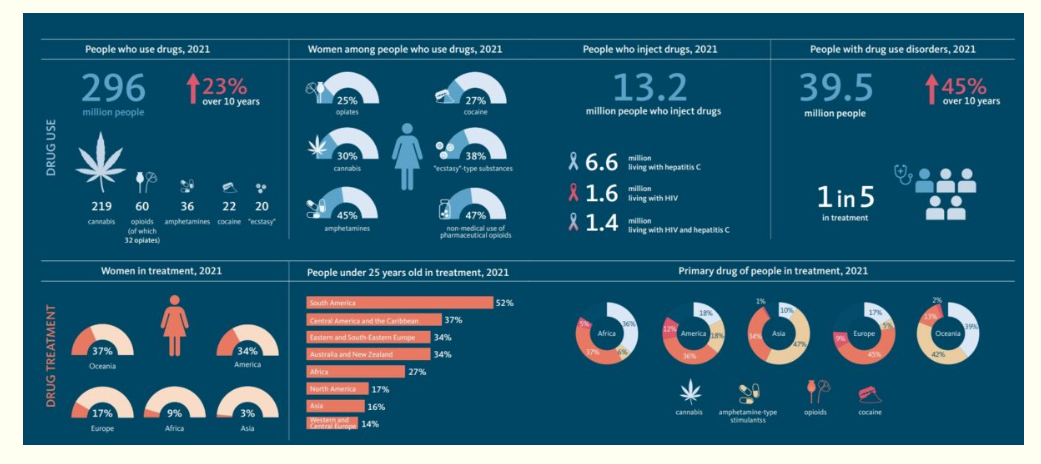
Drug use is a critical public health issue around the world. There were about 275 million drug users around the world in 2020, according to the World Drug Report 2021 from the UNODC. According to the study, about 36 million people around the world have problems with drug use.
The Impact of Intravenous Drug Use
Health Consequences
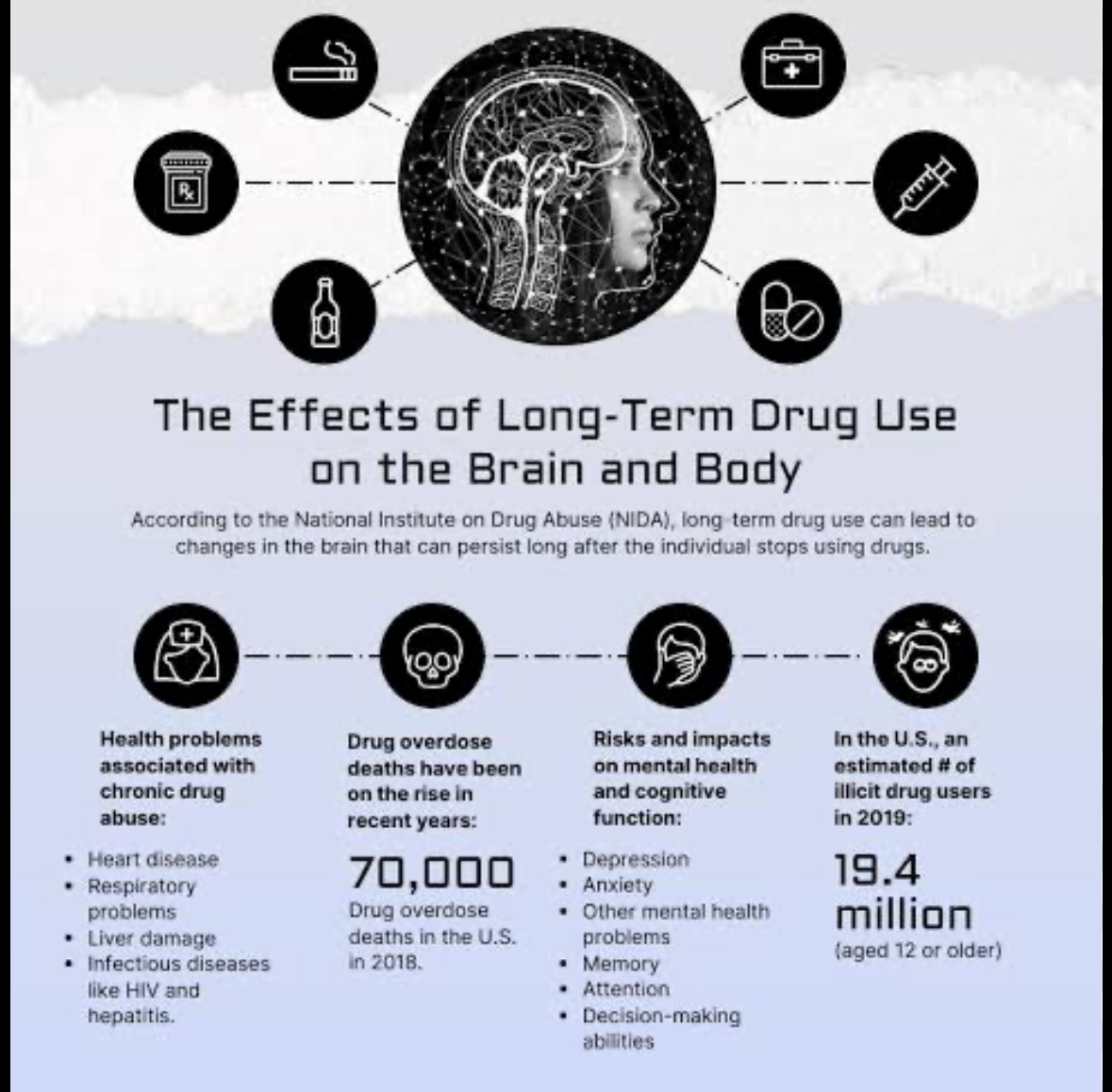
Intravenous drug use is associated with several severe health issues, including:
- Spread of infectious diseases like HIV, Hepatitis B, and C.
- Increased risk of overdose due to rapid drug effects.
- Risk of vein damage from repeated injections.
- Higher risk of mental health disorders like depression and anxiety.
Social and Economic Impact
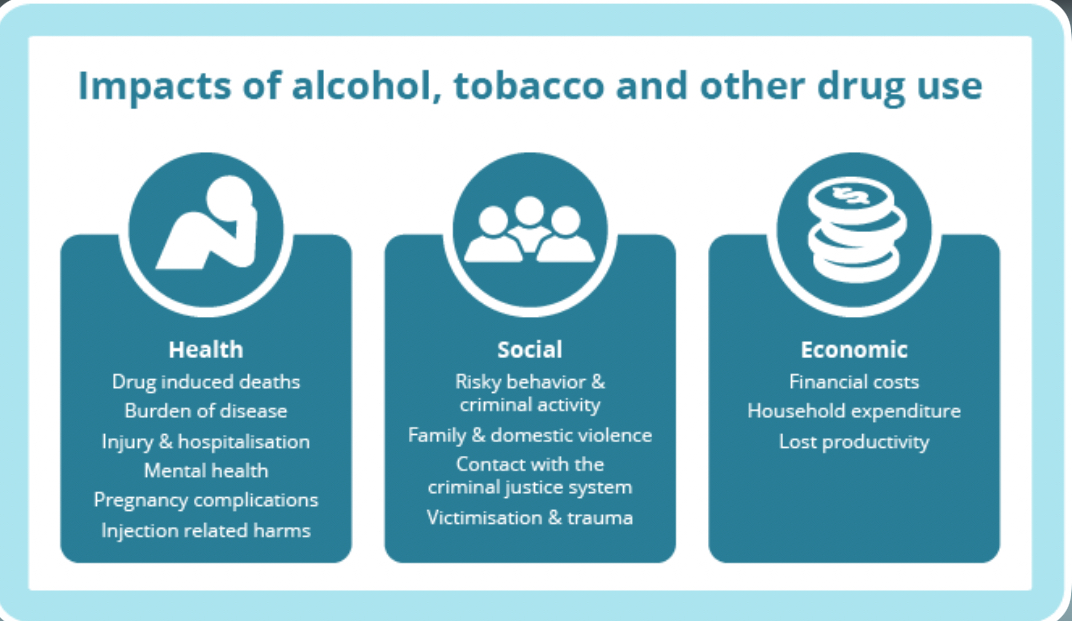
A lot of the time, drug abuse makes people feel alone, causes relationships to break down, and causes money problems. Addicts may find it difficult to keep a job, which can lead to financial problems and more crime as they try to pay for their addiction.
Reasons Behind Drug Use
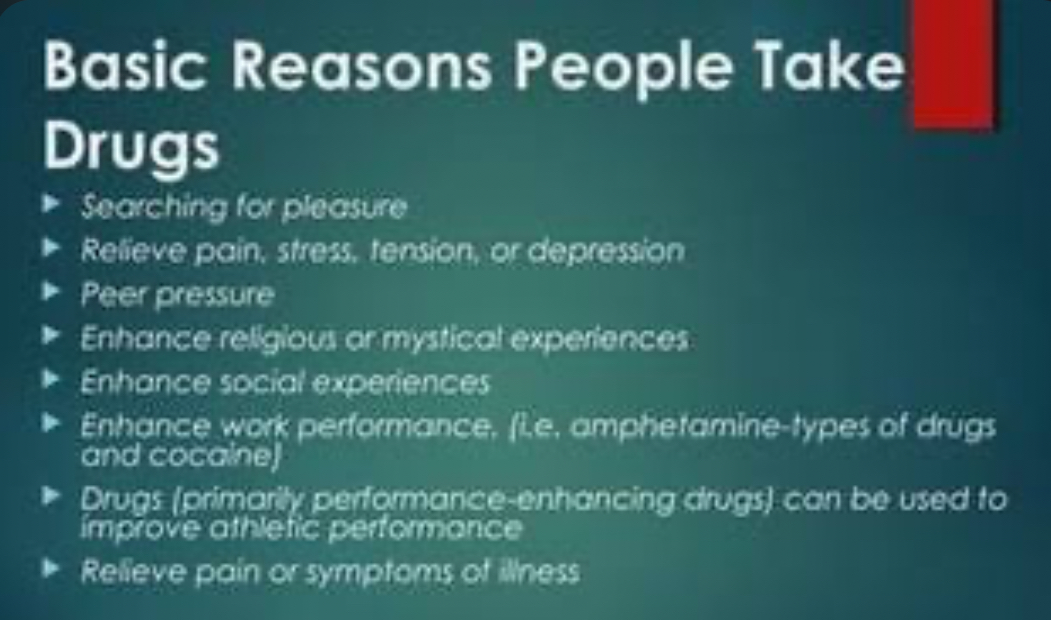
Several factors contribute to drug use and addiction:
- Psychological Factors: Mental health disorders, stress, and trauma can lead individuals to use drugs as a coping mechanism.
- Social Factors: Peer pressure, family dynamics, and exposure to drug-using environments play significant roles.
- Economic Factors: Poverty, unemployment, and lack of education can increase the likelihood of drug use.
- Cultural Factors: Societal norms and media portrayals can influence attitudes towards drug use.
Measures to Combat Drug Use
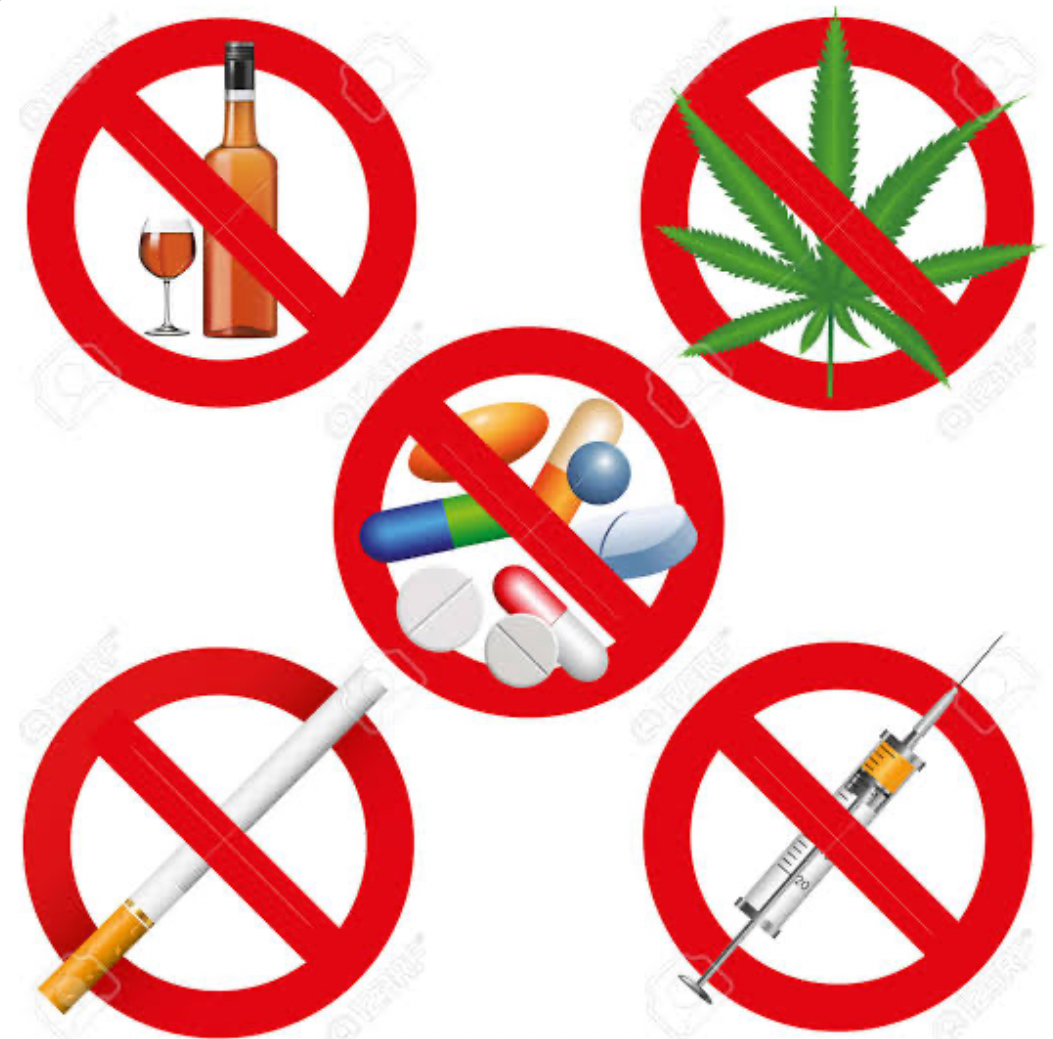
Prevention Strategies
- Education and Awareness: Public education campaigns can inform individuals about the dangers of drug use and promote healthy lifestyles.
- Early Intervention: Identifying and addressing drug use early can prevent the development of addiction.
- Community Programs: Community-based initiatives can provide support and resources to those at risk.
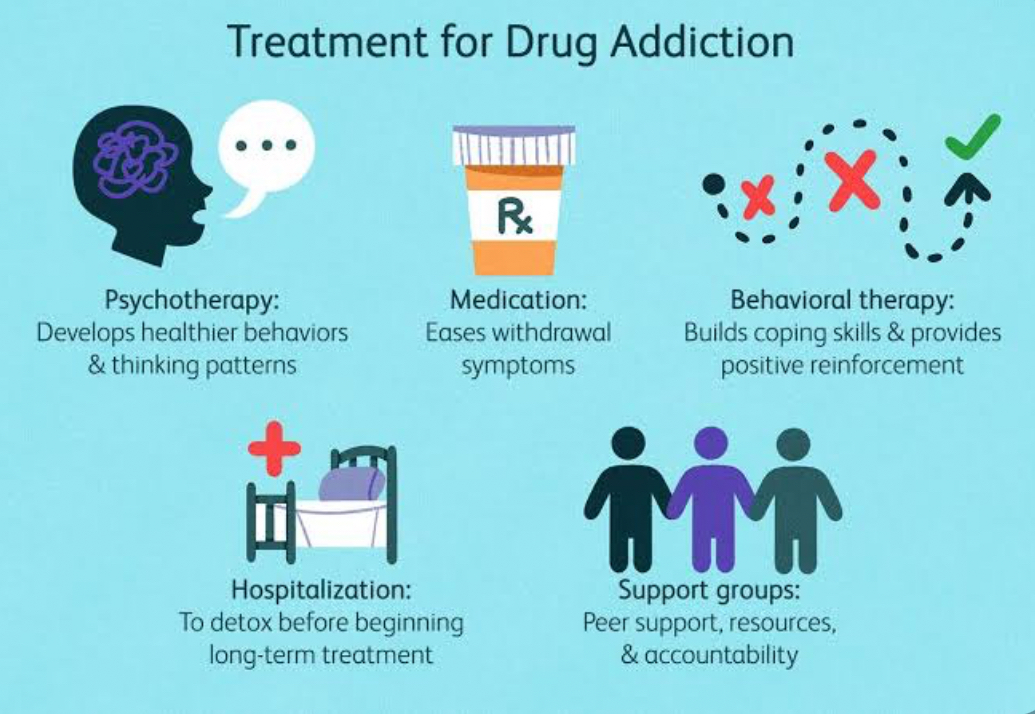
Treatment and Rehabilitation
- Medical Treatment: Medication-assisted treatment (MAT) can help manage withdrawal symptoms and reduce cravings.
- Counseling and Therapy: Behavioral therapies can address the underlying psychological issues contributing to drug use.
- Rehabilitation Centers: Facilities that provide comprehensive treatment programs, including detoxification, counseling, and aftercare.
Case Studies: Recent Incidents in Chennai
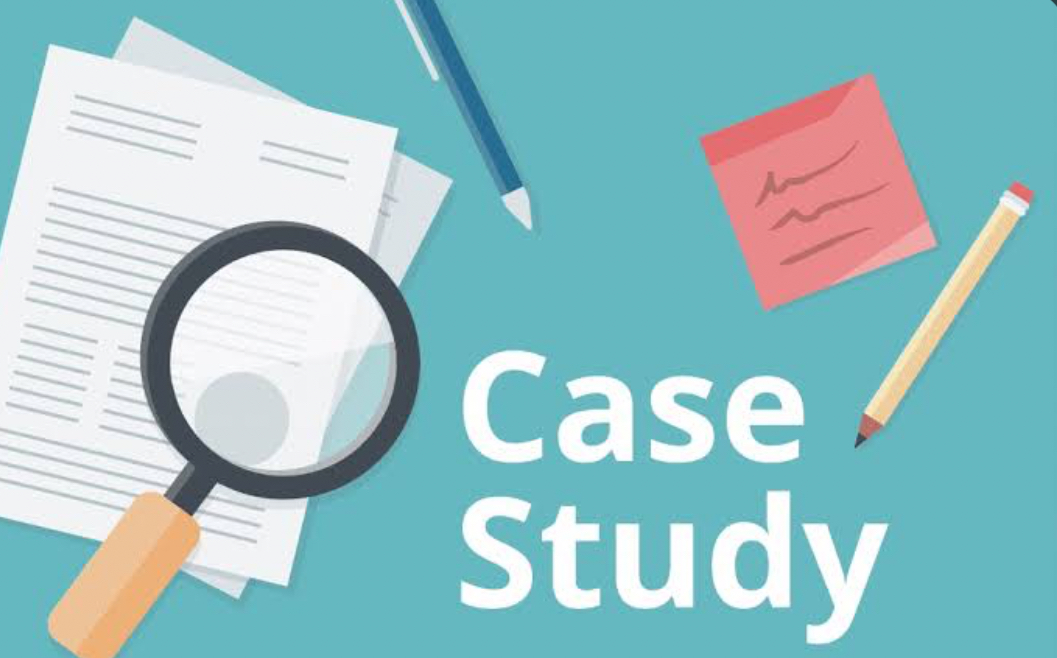
Case 1: G. Gokul
On March 23, two days later, authorities found 22-year-old G. Gokul unconscious in a playground. He had reportedly injected drugs. Immediately, they took him to Rajiv Gandhi Government General Hospital, where they pronounced him dead. According to the investigations, Karthik, aka "Otta" Karthik, was the one who sold the drugs, which led to his arrest.
Case 2: Deenadayalan
Deenadayalan, a 26-year-old man from Pulianthope, passed away on April 24 due to excessive drug use. He and his friends had been involved in drug-related activities. However, he managed to escape from the private hospital where his friends had placed him. Police later caught Akash (also known as Duma) and Jayaseelan (also known as Elson), the people who gave him the drugs.
Case 3: A 17-year-old boy
A 17-year-old Pulianthope boy who had been shooting drugs for almost a year passed away after feeling sick and dizzy. Stanley Government Hospital reported that he was dead. The police took Kasif and Selvi into custody in connection with this case.
Police Response:
The city police have arrested several individuals for supplying the drugs. They are conducting detailed investigations involving forensic experts, chemists, and legal experts to identify and prosecute the suppliers.
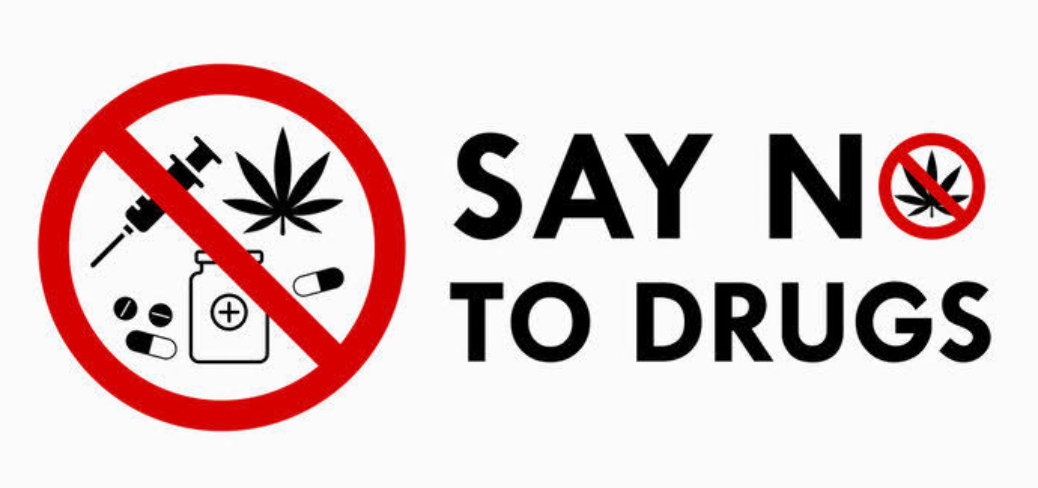
Specific Measures Implemented
- Urine, blood, and viscera samples sent for drug detection.
- Suppliers charged under Section 304-II and Narcotic Drugs and Psychotropic Substances Act.
- Frequent raids conducted to identify and arrest drug smugglers.
- Special teams formed for de-addiction treatment and counseling.
- Intensive investigations into assets and bank accounts of drug-related cases, leading to freezing of numerous accounts.
Conclusion
Drug use, particularly intravenous drug use, poses a significant threat to public health and safety. Comprehensive measures involving prevention, treatment, and law enforcement are crucial to combat this issue effectively. The recent initiatives in Chennai serve as a practical example of how coordinated efforts can address drug use and its associated problems. By continuing to implement and refine such measures, it is possible to mitigate the devastating impacts of drug addiction on individuals and society.
Image Source: Multiple Agencies
Inputs from Agencies
© Copyright 2024. All Rights Reserved Powered by Vygr Media.







